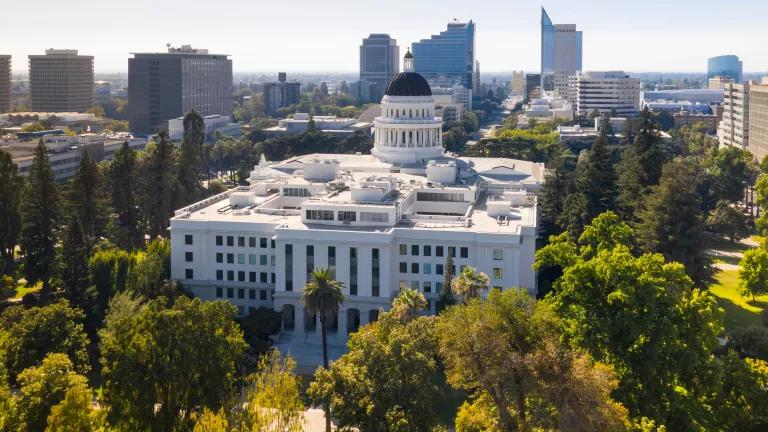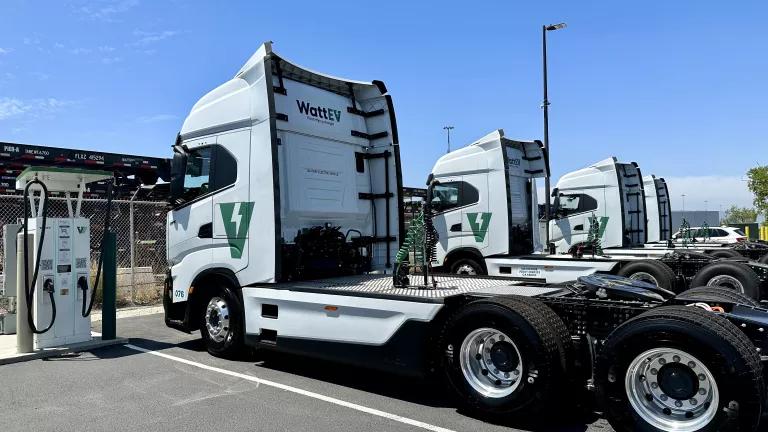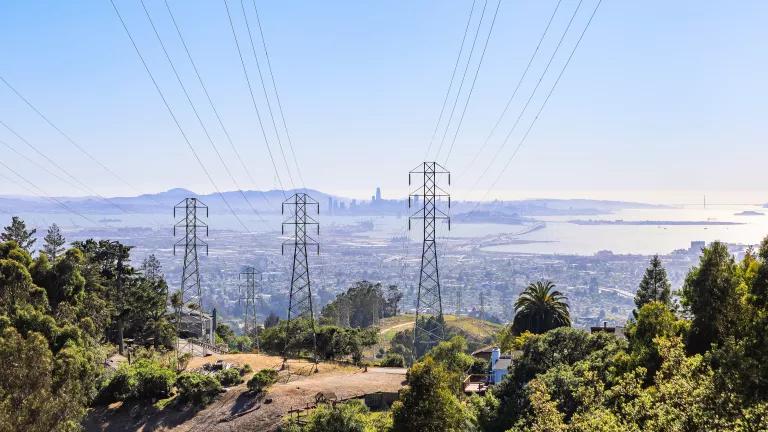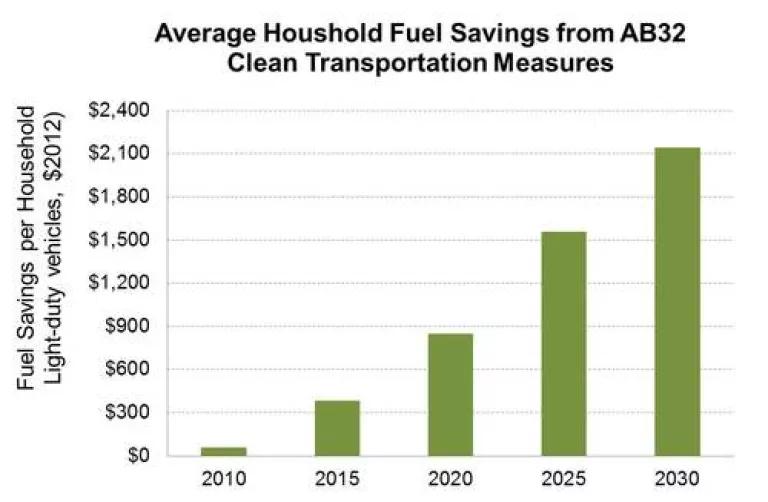
We’ve seen this play before: the oil industry is once again trying to scare California into giving it a free pass on pollution.
Last week, Big Oil cranked up, once again, its campaign to block the next critical step in California’s widely supported clean energy law (AB 32) which is reducing pollution, protecting public health, and saving money spent on transportation fuels. By backing last-minute radical changes to a bill (AB 69) by Assemblymember Henry Perea (D-Fresno), the oil industry is trying to exempt itself from carbon pollution limits already in effect for California’s other major emitters.
Transportation is the single-largest source of pollution in the state – representing 40 percent of emissions. By playing by different rules, the oil industry would extend its free reign to pollute our air, harm our health, and threaten our most vulnerable communities. California’s ability to reduce its carbon pollution to meet AB32 requirements would also be threatened.
How is Big Oil trying to convince legislators to vote for a bill to let them pollute freely? By attempting to scare them using the same playbook they’ve employed for decades: issuing doom-and-gloom warnings of fuel cost impacts while hiding behind thinly-veiled front groups such as “CARE” and “FedUpAtThePump.”
What Big Oil doesn’t want you to know
California’s enormous progress toward a cleaner energy future should not be jeopardized on the basis of Big Oil’s misleading math which touts the oil industry’s costs to clean up its carbon pollution while excluding the enormous consumer fuel savings from AB32. Here’s what the oil industry ISN’T telling you about our state’s clean energy law.
- Thanks to AB32, our vehicles are becoming far more efficient, we’ve got more ways to run them – like electricity – and our public transit options are increasing. Bottom line: less money out of our pockets for transportation fuels. NRDC analysis shows with AB32 the average household will save over $380 in fuel expenditures in 2015, compared to a scenario without California’s clean transportation measures. Those savings are on top of the oil industry’s costs of acquiring pollution permits. And these fuel savings grow to $850 by 2020 -- and a whopping $1560 annually by 2025.
- AB 32 is putting downward pressure on fuel prices over time by significantly reducing California’s fuel demand, expanding competition, and giving consumers more transportation choices. The program is estimated to slash fuel demand by 14% in 2015, growing to a 22% reduction by 2020, compared to a scenario without California’s clean transportation measures.
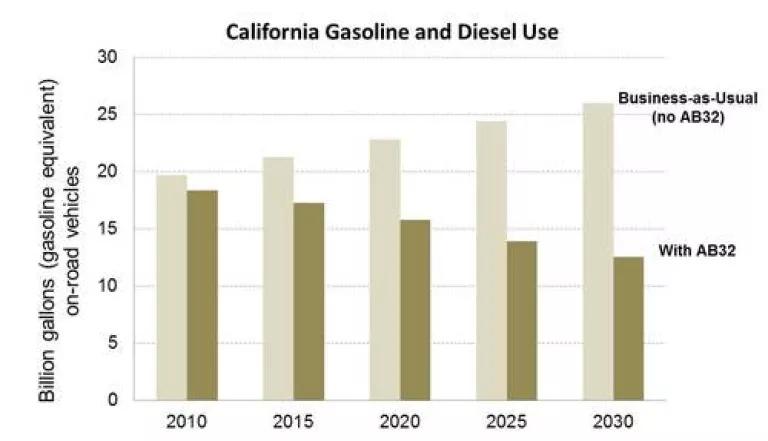
- Money spent by the oil industry to purchase pollution permits will be invested right back into our economy to lower consumer fuel expenditures through more efficient vehicles and more walkable and transit-friendly neighborhoods. State law requires those investments are targeted in low-income communities that suffer disproportionately from the impacts of pollution. In addition, two bills with widespread support – the “Charge Ahead California Initiative” (SB 1275, de León) and the “Clean Truck, Bus, and Off-Road Technology Program” (SB 1204, Lara and Pavley) – would place zero and near-zero emission vehicles in those impacted communities, incentivize replacement of old gas-guzzling clunkers, and help families gain better access to financing for efficient vehicles that will further lower monthly fuel and auto costs.
- Oil companies want to blame others for price spikes while they quietly rake in massive profits - but we know the truth. The main drivers of changes in gasoline prices are volatility in global oil markets, refinery outages and planned maintenance, and seasonal gasoline demand. For example, in August of 2012, the Chevron Richmond fire contributed to a jump of 30 cents per gallon and sent thousands of residents to hospitals and health clinics. A subsequent outage in ExxonMobil’s Torrance refinery contributed to a jump of 50 cents in October 2012. Both incidences led to windfall profits for the oil industry while hurting our pocketbooks. The best way for policymakers to protect California from this gas-price roller coaster is through supporting AB32 clean transportation measures.
Don’t be fooled
Let’s not be fooled. Big Oil’s campaign against AB32’s pollution limits has nothing to do with concerns about consumers or low-income families. It’s about protecting their industry’s market share and profits, blocking competition, and exempting themselves from making investments to cut their pollution.
Thankfully, more than 30 California legislators have already seen through the charade, noting in a letter in response to Assemblymember Perea’s proposal:
"AB 32 is rooted in the principle that business as usual is unsustainable when it comes to reliance on fossil fuels. California’s most disadvantaged communities...are already bearing the brunt of the impacts: a historic drought, wildfires of unprecedented strength and 12 million people breathing air that does not meet federal health standards."
"Inaction is not an option. If we are serious about reducing fuel costs and righting the public health wrongs facing our constituents, we must wean ourselves off fossil fuels by investing in cleaner transportation alternatives. A fundamental redesign of AB 32 that allows oil companies to play by different rules than other industries would not only unacceptably delay action to reduce dangerous climate pollution, but could also disadvantage those industries that have already made investments to comply with the law."
Over the coming months, my colleagues and many other Californians – all of whom are part of the large majority supporting AB32 - will be working to ensure the oil industry’s latest canard won’t forestall our clean energy progress.


